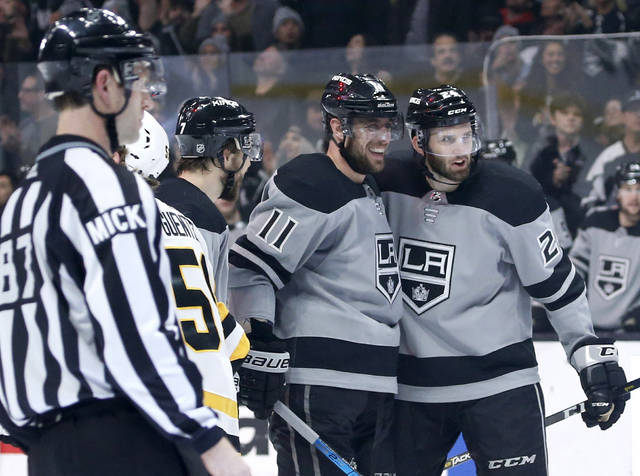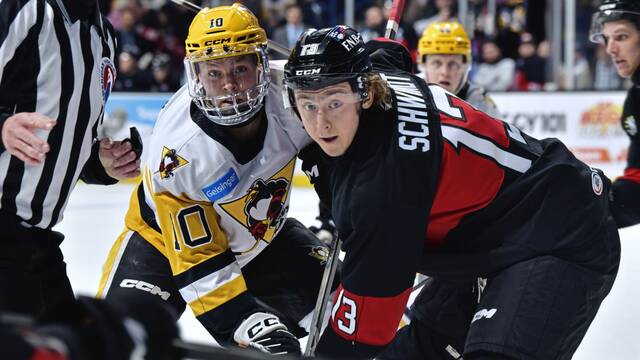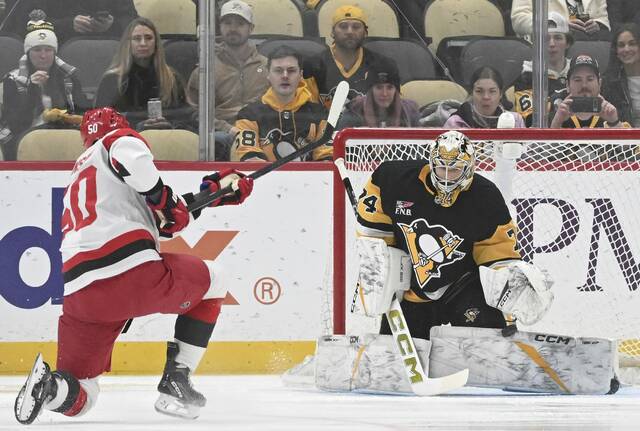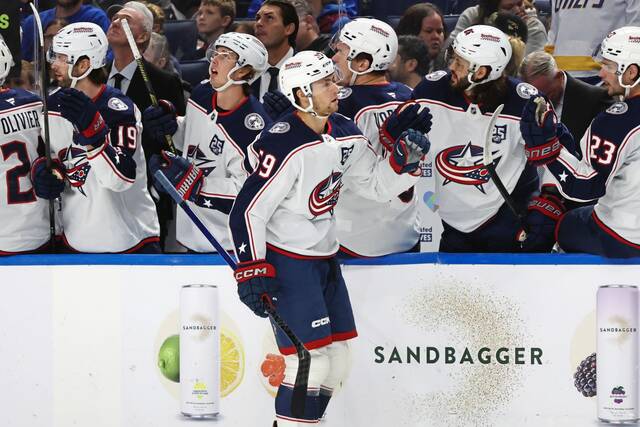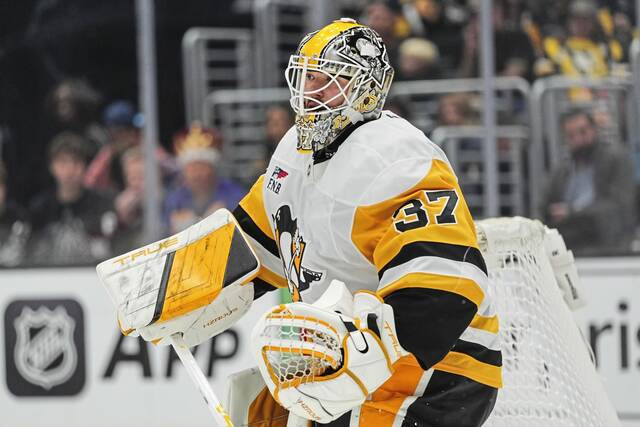The next time the Pittsburgh Penguins’ top power-play unit steps on the ice, it will include five players with a total of 1,330 career goals and nine Stanley Cup rings between them.
This is both a blessing and a curse.
It’s a blessing because Sidney Crosby, Evgeni Malkin, Phil Kessel, Kris Letang and Jake Guentzel are world-class players capable of scoring a goal in the blink of an eye. Since Kessel joined the Penguins in a 2015 trade, they have the top power play in the league, converting 23.0 percent of the time.
It’s a curse because the trip from confidence to overconfidence is a short one.
Ever see an NFL quarterback so sure he can fit a ball into a small window in coverage that he throws an interception?
The Penguins do that all the time.
They lead the league with 10 short-handed goals allowed this season. They’re on pace to give up 18, which would only be four off the all-time record of 22, a mark the 1984-85 Penguins share with two other teams.
Forty-five games into the season, it’s no longer a statistical blip. It’s a trend worthy of some scrutiny.
1. How big a problem is it?
It’s not killing the Penguins — they’re 4-5-1 when allowing a shorthanded goal this season — but it’s a pretty significant problem nonetheless.
Look at it this way: The Penguins are eighth in the league with 33 power-play goals this season. That’s pretty good.
Now subtract the 10 short-handed goals allowed, and that’s a power-play goal differential of plus-23. That ranks 13th in the league. Not as good. They’re blunting one of their greatest competitive advantages by giving up so many short-handed goals.
Two of the five regulation losses they’ve suffered since the start of December — a 4-2 loss to Philadelphia on Dec. 1 and a 5-2 loss at Los Angeles on Saturday — could be directly attributed to a short-handed goal they allowed.
That’s not a catastrophic development, but it’s something they will want to clean up before spring.
2. How are they planning to fix it?
Coach Mike Sullivan is pretty adamant the solution won’t come from a change to personnel or Xs and Os. It will come from his team’s stars making smarter decisions with the puck and defending harder when those decisions go awry.
Remember, with the exact same personnel on the top power-play unit in the exact same configuration last season, the Penguins gave up only three short-handed goals.
“They’re a mature group. They’re a terrific power play,” Sullivan said. “We just have to be better. We simply have to be better.”
An addendum to Sullivan’s plan to stay the course: The return of Justin Schultz from injury could help. The Penguins didn’t allow a short-handed goal in the 145 minutes Schultz spent on the power play last season.
3. Why not just go with two defensemen and three forwards?
The easiest tactical remedy for a rash of short-handed goals against would be to use two defensemen rather than one on the power play, and Sullivan has done so occasionally when the Penguins are holding a lead in the third period.
It doesn’t look to be a long-term fix, though, and it would fly in the face of league-wide trends.
Looking at current personnel groupings and season-long ice-time numbers, there are only four NHL teams strongly committed to using two defensemen on their top power-play unit this season: San Jose, Nashville, Buffalo and Detroit.
Those four teams have given up an average of five short-handed goals this season. The overall league average is four.
When it comes to limiting short-handed goals against, it seems a player’s position isn’t as important as the decisions he makes with the puck.
Follow the Pittsburgh Penguins all season long.
Jonathan Bombulie is a Tribune-Review staff writer. You can contact Jonathan at jbombulie@tribweb.com or via Twitter @BombulieTrib.


